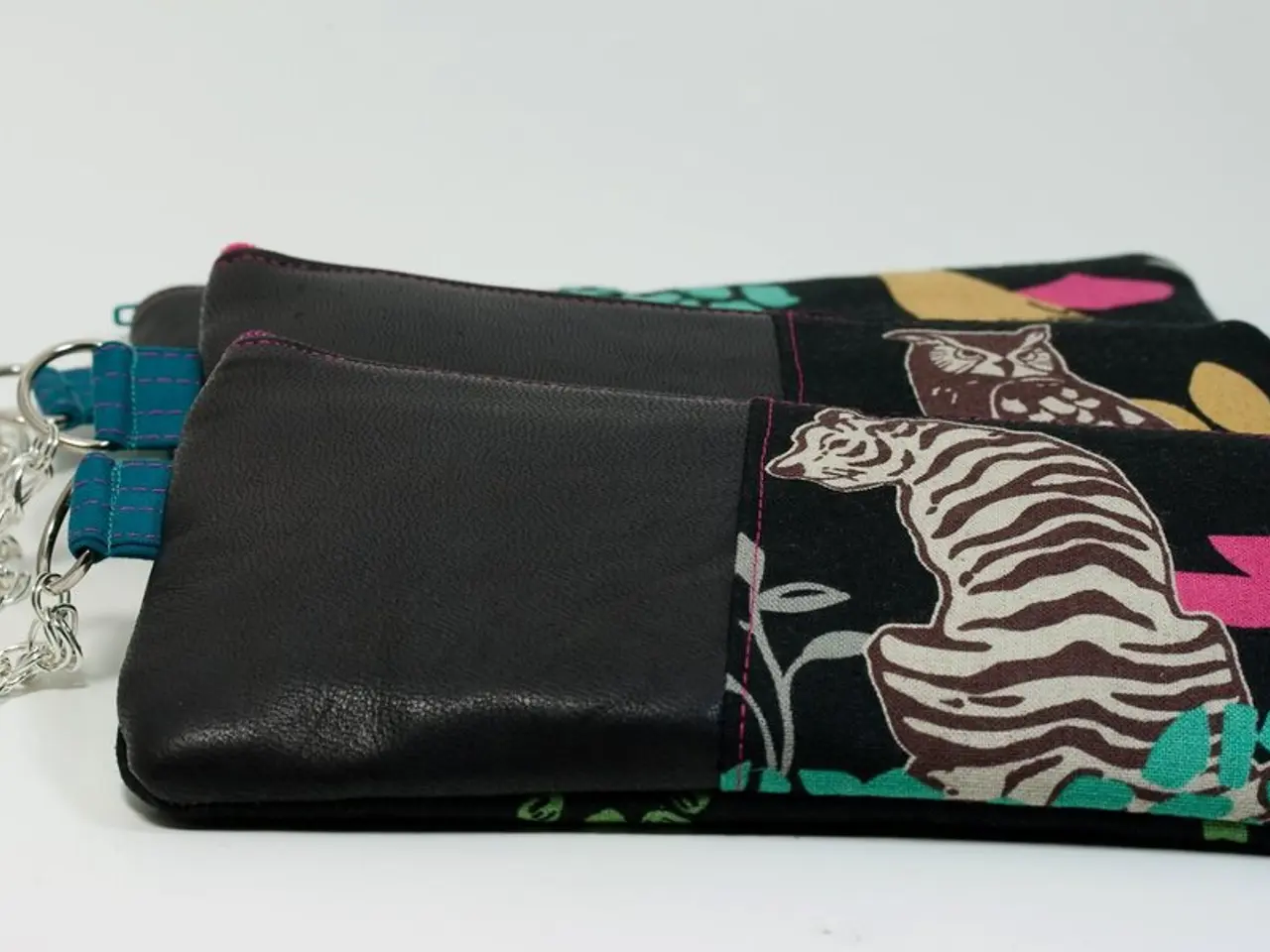Mexico's recently introduced biometric CURP (Clave Única de Registro de Población): Required or Optional?
In the heart of Mexico, a contentious issue is brewing: the implementation of a biometric CURP system. This system, which integrates fingerprints, iris scans, and photos into a QR-linked ID, has sparked a heated discussion among digital rights activists, government officials, and the general public.
The government maintains that the biometric CURP will not replace the INE voter card, the primary form of personal identification in Mexico. They argue that the system will enhance identification and crime-fighting capabilities, streamlining processes across various sectors such as healthcare and telecommunications. Moreover, the biometric data will be consolidated into a Unified Identity Platform, aiming to facilitate government services and administration by linking multiple databases.
However, critics, including Jose Flores, director of the Network in Defense of Digital Rights (R3D), are raising concerns. They warn that this system could create detailed registries of individuals' activities, enabling mass surveillance without adequate safeguards against data leaks, identity theft, or misuse by intelligence agencies like the CNI or the National Guard.
Human rights activists and missing persons’ advocates argue that the biometric CURP may not effectively address issues like forced disappearances but instead serve as a tool for government control, deepening Mexico's authoritarian tendencies under current leadership. The requirement to verify CURP for purchasing internet and cellular services, plus obligations for telecoms to share user geolocation and block “non-compliant” platforms, threatens free internet access and could suppress dissent or inconvenient content.
Moreover, concerns exist about cross-border data sharing and alignment with global digital ID agendas, potentially infringing on sovereignty and personal freedoms. Additionally, recently-approved laws do not outline how citizens can be notified when their data is viewed by authorities, a point of contention for rights campaigners.
A poll conducted this month revealed that 48% of respondents agreed with the incorporation of biometric data to the CURP identity document, while 49% disagreed. The poll also showed that just under one-quarter of respondents had "a lot" of confidence in the government's capacity to safely store people's biometric data, while exactly one-quarter said they had "some" confidence. Twenty-one per cent of respondents said they had "little" confidence, while 28% said they had no confidence in the government's biometric data-storing capacity.
The centralization of biometric data in Mexico is occurring in a context of high corruption, frequent leaks, and lack of independent controls. This has further fuelled the concerns of activists who fear the misuse of this sensitive information.
The National Investigation and Intelligence System Law, approved by the Senate on July 1, gives the federal Security Ministry broad powers to access personal and biometric data, financial information, and other sensitive data. This law adds to the concerns of those who fear the potential for government abuse and authoritarianism.
In summary, supporters focus on security, integration, and administrative efficiency, while opponents emphasize privacy, civil liberties, the risk of authoritarian misuse, and potential surveillance abuses. These concerns remain critical as the system aims for full implementation by early 2026. The debate continues, with both sides urging for careful consideration and transparency in the implementation of the biometric CURP system.
[1] Gómez, J. (2023). Biometric CURP: A Double-Edged Sword for Mexico's Digital Identity. TechCrunch. [2] Flores, J. (2023). The Biometric CURP: A Threat to Civil Liberties in Mexico. The Guardian. [3] Rodriguez, A. (2023). Mexico's Biometric CURP: A Step Towards Surveillance or Progress? Wired. [4] Martínez, L. (2023). Biometric CURP: Improving Identification or Invading Privacy? Forbes.
- The implementation of the biometric CURP system in Mexico has sparked debates about its potential use in areas like education, policy-and-legislation, politics, and general-news, particularly concerning the privacy and civil liberties of the citizens.
- The government's argument for implementing the biometric CURP system includes improving identification, crime-fighting capabilities, and streamlining processes across sectors such as healthcare and telecommunications, but the system raises concerns that it could create detailed registries and enable mass surveillance.
- The National Investigation and Intelligence System Law, together with the centralization of biometric data in Mexico, has added to the concerns about the potential misuse of personal information and the increased risk of authoritarianism, hampering free internet access and suppressing dissent or inconvenient content.







